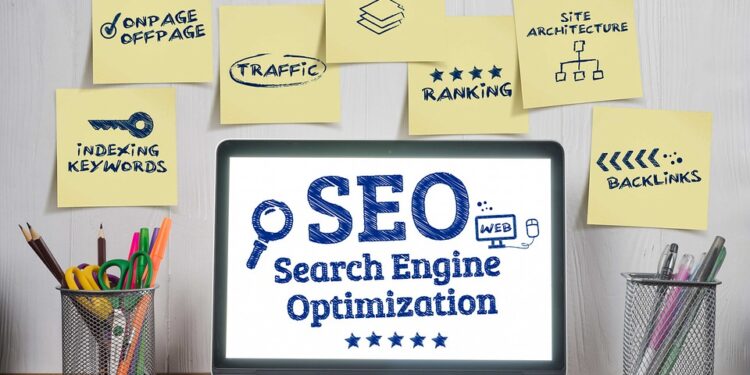In today’s fast-paced world, the demand for high reliability AI tools is higher than ever. From medical diagnostics to autonomous vehicles, AI technology is revolutionizing industries across the globe. However, as this technology becomes more widely adopted, the need for optimized AI tools for enhanced reliability is becoming increasingly critical.
AI tool optimization for enhanced reliability involves improving the performance, accuracy, and robustness of AI algorithms to ensure they consistently deliver high-quality results. This requires a combination of advanced algorithms, data processing techniques, and model training methods to eliminate errors and achieve optimal performance.
One of the key challenges in AI tool optimization is ensuring that the AI algorithm is capable of handling a wide range of input data and scenarios. This requires robust testing and validation processes to identify and address potential weaknesses in the algorithm. By testing the algorithm with a diverse set of data and scenarios, developers can ensure that the AI tool is reliable and accurate under various conditions.
Another important aspect of AI tool optimization is improving the performance of the algorithm to deliver faster and more efficient results. This involves optimizing the algorithm’s computational efficiency, memory usage, and other performance metrics to ensure it can process data quickly and accurately. By optimizing the performance of the algorithm, developers can increase the reliability and scalability of the AI tool, allowing it to handle larger datasets and more complex tasks.
In addition to performance optimization, AI tool reliability can also be enhanced through the use of data augmentation techniques. Data augmentation involves using techniques such as data synthesis, data manipulation, and data normalization to improve the quality and diversity of the training data used to train the AI algorithm. By augmenting the training data, developers can improve the robustness and generalization of the algorithm, reducing the risk of overfitting and improving its reliability in real-world scenarios.
Furthermore, AI tool optimization for enhanced reliability also involves the use of advanced model training methods, such as transfer learning, fine-tuning, and ensemble learning. Transfer learning involves leveraging pre-trained models to improve the performance of the AI algorithm on a specific task or dataset. By fine-tuning the pre-trained model on the target dataset, developers can quickly adapt the model to new data and improve its reliability.
Ensemble learning, on the other hand, involves combining multiple models to improve the accuracy and robustness of the AI algorithm. By training multiple models on the same dataset and combining their predictions, developers can create a more reliable and accurate AI tool that is less susceptible to errors and biases.
Another key aspect of AI tool optimization for enhanced reliability is the use of explainable AI techniques. Explainable AI involves developing models and algorithms that can provide insights into how they make decisions and predictions. By making the AI algorithm more transparent and interpretable, developers can improve its reliability and trustworthiness, as users can understand the reasoning behind its decisions.
In conclusion, AI tool optimization for enhanced reliability is essential for ensuring the success and adoption of AI technology in various industries. By improving the performance, accuracy, and robustness of AI algorithms through advanced algorithms, data processing techniques, and model training methods, developers can create AI tools that deliver high-quality results consistently. With the increasing demand for reliable AI tools, optimization will continue to play a crucial role in advancing the capabilities of AI technology and driving innovation in the future.













